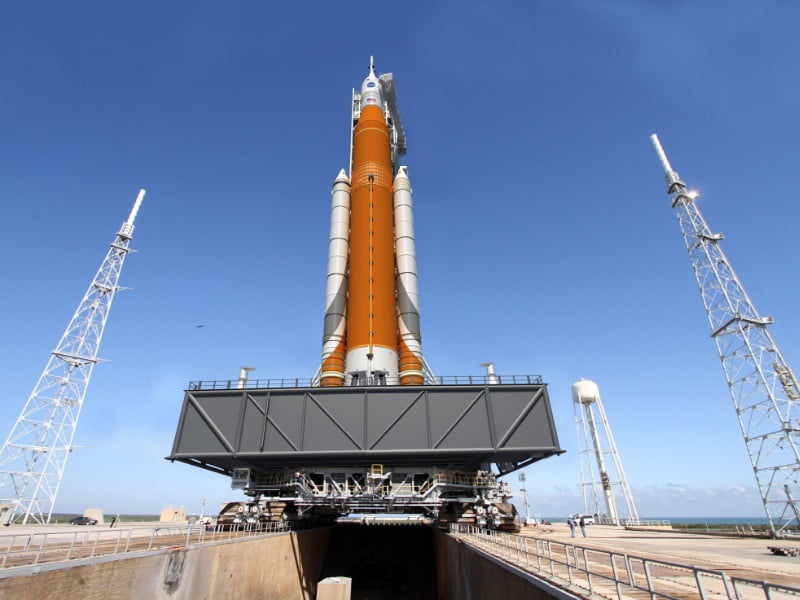NASA’s plan to launch rockets from the Northern Territory is another watershed moment for the Australian space sector, with hopes the venture will encourage the federal government to provide more funding to the nascent industry.
The US space agency unveiled its plans late last week to launch rockets from the Northern Territory in 2020. The deal is to use Equatorial Launch Australia’s (ELA) land in Arnhem Land, marking the first time NASA has done a deal with a commercial launch site.
“NASA plans to award a contract to Equatorial Launch Australia to provide services to NASA for a temporary southern hemisphere launch site for conducting scientific investigations,” the US government’s Federal Business Opportunities website said.

ELA said the contract is to launch four rockets on the site next week, with an aim to test instruments to be used on satellites and spacecraft.
ELA secured a 40 year sub-lease for the 60 hectare lot of land, located 700km east of Darwin, in November 2018. The land is leased to the Gumatj Aboriginal Corporation, a group representing the traditional owners of the land.
The space organisation has been building its own commercial rocket launch facility on the site, and has also been working through the regulatory process to conduct launches.
The site is highly appealing for rocket launches due to its proximity to the equator, along with a low population base, little surrounding infrastructure and low trade nearby.
The NASA deal has been welcomed by the wider Australian space sector, with hopes it will lend further legitimacy to startups in the space and encourage the federal government to provide more funding to budding companies.
The willingness of NASA to work with an Australian company is also a positive development, Gilmour Space Technologies founder Adam Gilmour said.
“I am positive about it from the point of view of the space industry in Australia. I hope this allows ELA to generate investor funding and some state government funding as well,” Mr Gilmour told InnovationAus.com.
“I am also happy that this is a good long-term working relationship with NASA which should lead to more activities with them in the future. It’s a great example of Aussie companies punching above their weight in the global scene.”
The Australian space sector has enjoyed newfound prominence and support since the launch of the national space agency last year.
The government allocated $26 million over four years for the establishment of the space agency, along with a further $15 million over three years for international partnerships. During the recent election campaign the Coalition pledged $3.5 million for a Pathway to Launch project to aid possible launches in Australia.
It will also provide $2.5 million for a new Space Payload Qualification Facilities project to assist local companies in building equipment for launches.
There are now hopes in the local space industry that significant global deals like ELA’s with NASA will motivate the government to provide more funding to build the sector and provide direct support to early-stage companies operating in the space.
“The NASA announcement is another verification that the space industry in Australia is moving forward rapidly,” Mr Gilmour said.
“There are four space companies so far with venture backing of over $60 million, but there is much more opportunity to attract further investor funds into the industry with government support of seed funding for startups,” he said. “We are launching soon and that will be another proof point to the country.”
The NASA deal means the Australian space sector is heading the right direction, Saber Astronautics chief executive Jason Held said.
“It’s good to see an increase in business where Australia is a supplier, rather than a buyer for space goods. Suborbital flight is fairly low hanging fruit, but indicates interest and is a good data point for future work,” Mr Held told InnovationAus.com.
“Suborbital is also good for entry level payload testing so it is a flight opportunity for the Australian market if NASA would allow it.”
The details of ELA’s contract with NASA have not been revealed, and it’s unclear whether any cash will be changing hands as part of it. The space agency usually has to supply to American companies as a preference before looking around the world.
Do you know more? Contact James Riley via Email.

